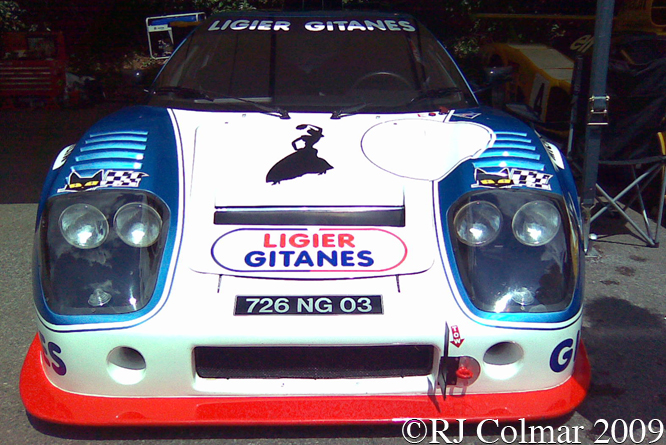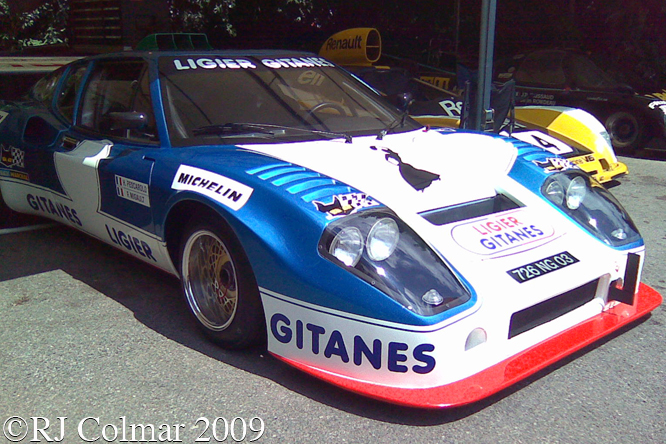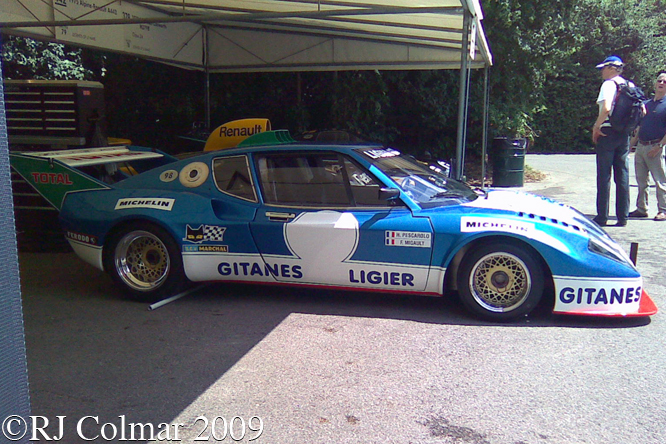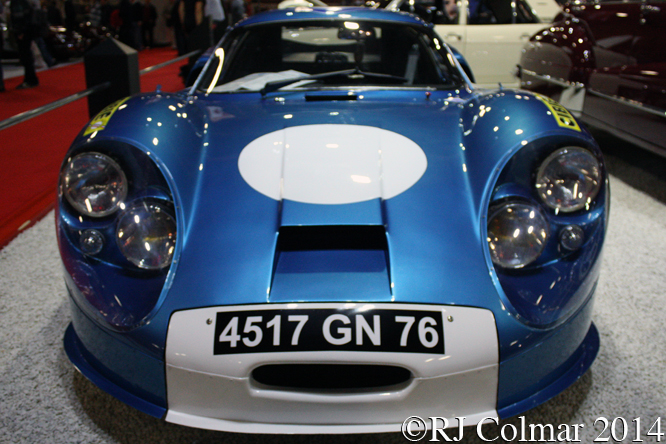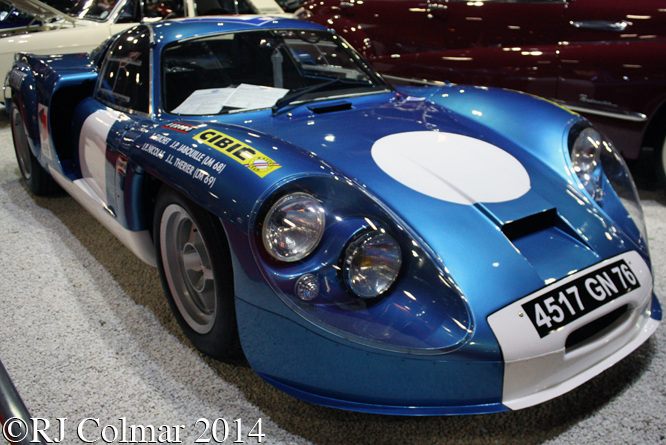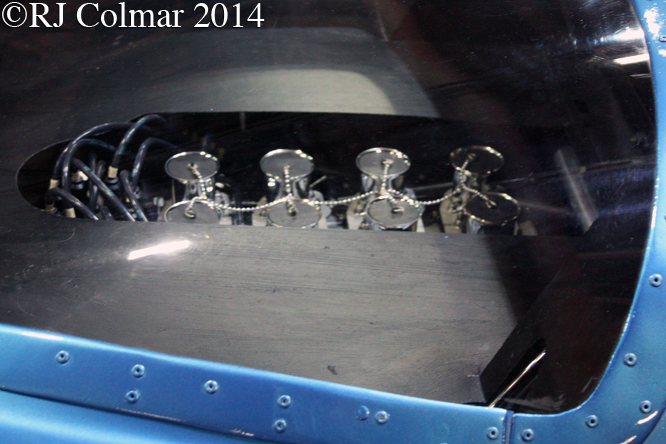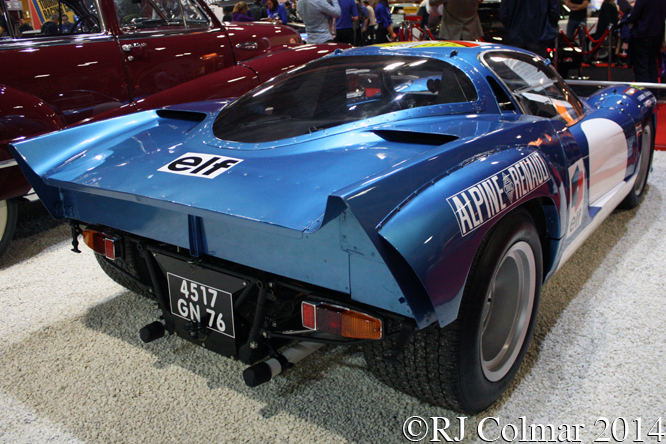When Renault decided to replace it’s rear engine rear wheel drive Dauphine models in 1962 it choose ignore the front engine front wheel drive layout used on the Renault 4 first seen in 1961 and kept the Dauphine layout for the R8 and later more luxurious R10 models designed by Philippe Charbonneaux.
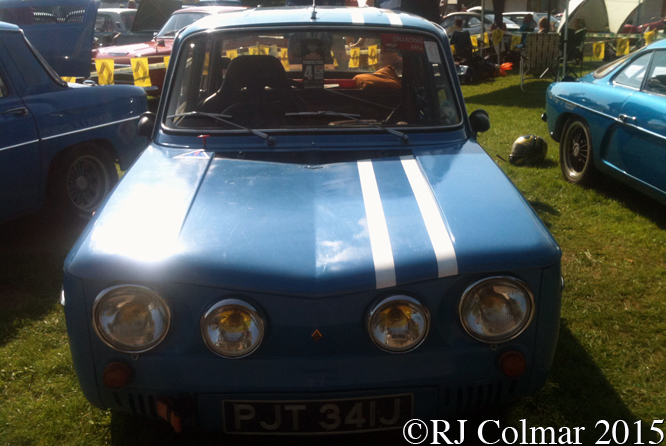
During the design stage of the R8 it appears there were plans for ALFA Romeo to expand their relationship with Renault to include building a version of this car which never came to fruition, however the unusual styled bonnet / hood with its central crease, shared with the 1960 still born prototype front wheel drive ALFA Romeo tipo 103, is possibly a remnant of the initial co operative intention.
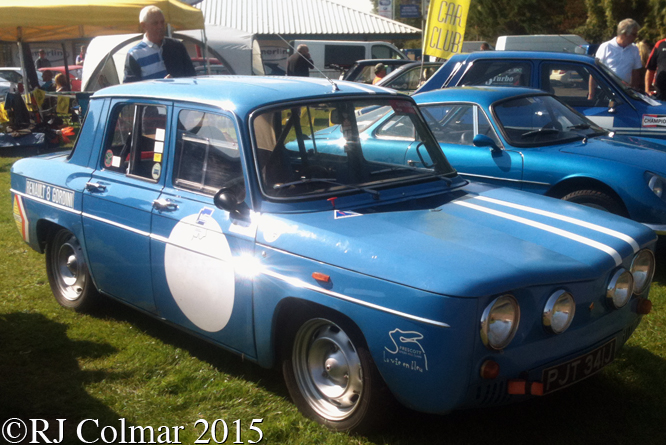
Novel features for a car of this size at this time were all round disc brakes and the 43hp 1 litre / 61 cui Cléon-Fonte engine featured a sealed for life cooling system first seen on the Renault 4.
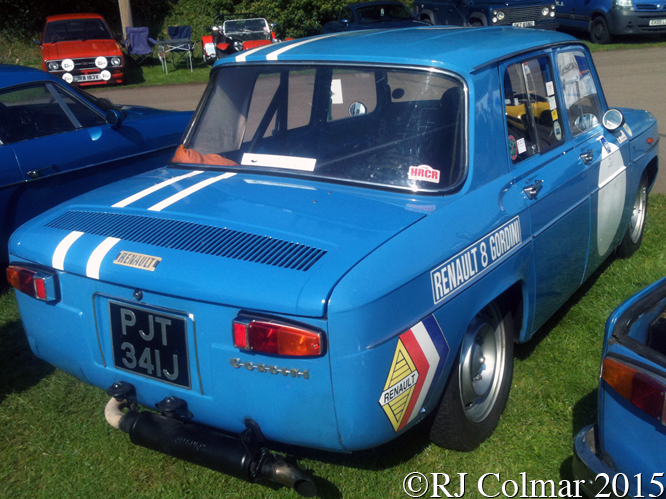
While the R8 was narrower than the Dauphine it replaced the front seats were actually wider than those on it’s predecessor.
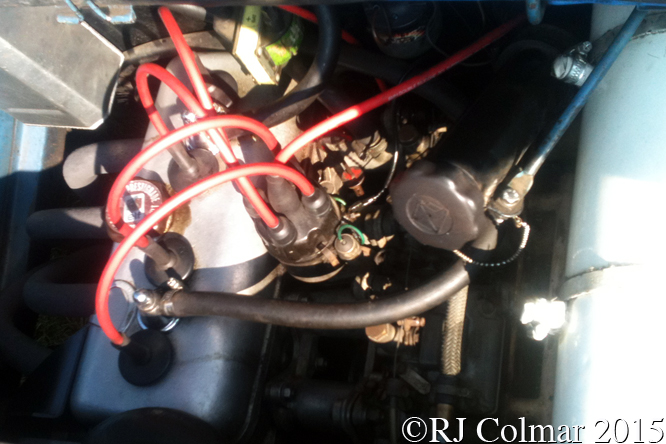
“Le sorcier” Amédé Gordini produced a cross flow cylinder head for the larger 1108cc / 67 cui R8 engine which when fitted with twin Solex carburetors produced 89hp which was fitted to a close ration four speed gearbox for the R8 Gordini model that featured uprated rear suspension and marketed, only in blue with white racing stripes, as a “pur sang de la route / thoroughbred of the road” in 1964, with it’s 110 mph capability it was faster than the contemporary luxury Citroën DS19.
Jean Vinatier, seen at the wheel in the opening scenes of the clip above, with co driver Roger Masson drove an R8 Gordini to victory in the 1964 Tour de Course tarmac rally in Corsica this was followed by two more victories on the same event by Pierre Orsini with Jean-Baptiste Canocini in 1965 and Jean-François Piot with Jean-François Jacob in 1966 completing a hat trick of Tour de Course victories for the model.
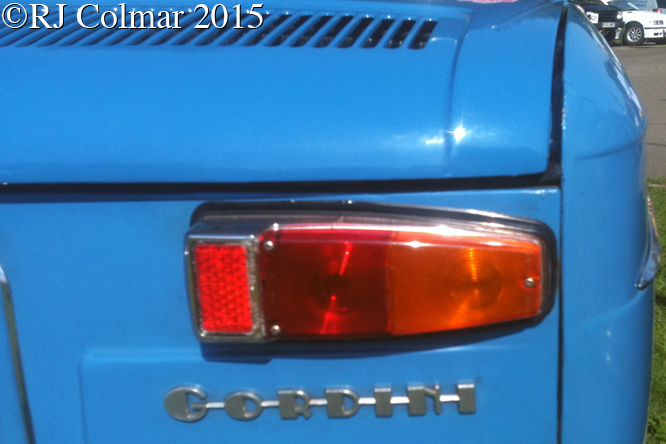
In 1967 the face lifted R8 Gordini featured additional Cibie Oscar driving lights and the engine capacity was increased to 1255 cc / 76 cui which with the cross flow head and twin Weber carburetors produced 99hp.
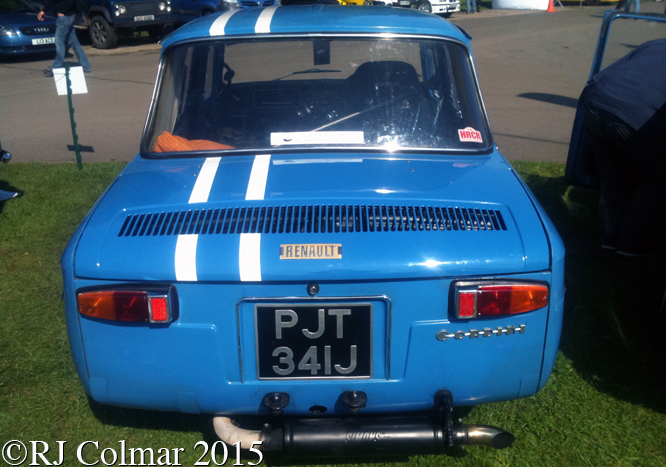
More major international Rally successes followed on the Rallye du Maroc won by Robert La Caze
with Raymond Ponnelle in 1967 and Jean-Pierre Nicolas with Jean de Alexandris in 1968, the following year Marc and Hélène Gérenthon won the inaugural Rallye Côte d’Ivoire, while in 1970 Bob Watson with Jim McCauliffe won the five round Australian Rally Championship in their R8 Gordini.
The 1970 example seen in these photographs taken at the recent Castle Combe Rally Day was first registered in the UK in September 2002 and has been seen in the hands of Renault gear box expert David Wheeler on the La Vie En Bleu Prescott Hillclimb.
Thanks for joining me on this “Pur Sang De La Route” edition of “Gettin’ a li’l psycho on tyres” I hope you will join me again for Rally Day tomorrow. Don’t forget to come back now !


